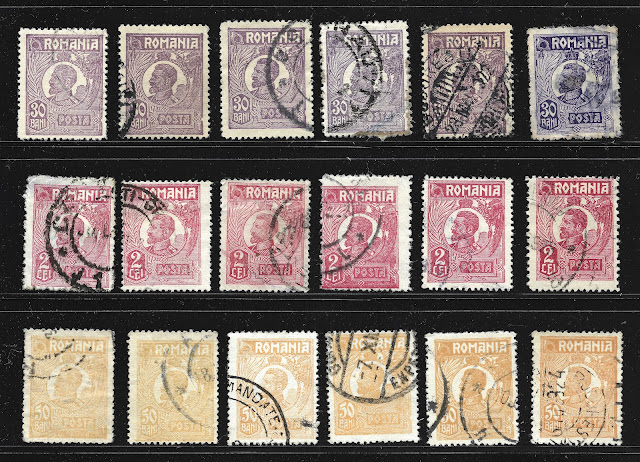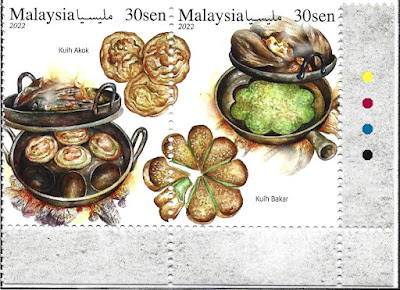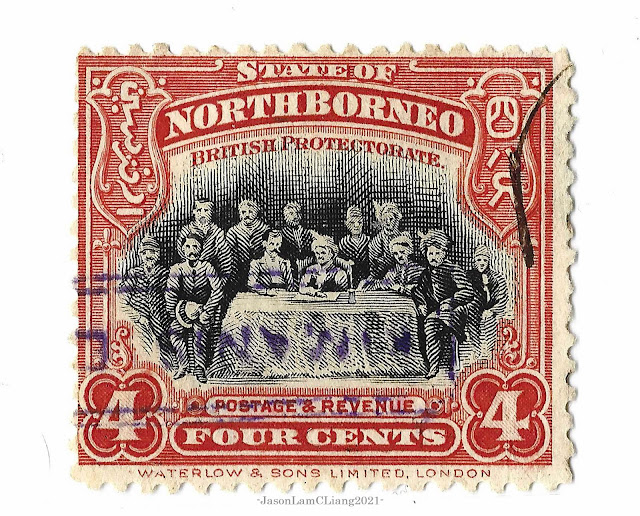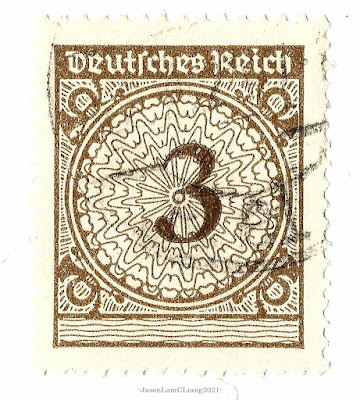Squared Circle Postmarks
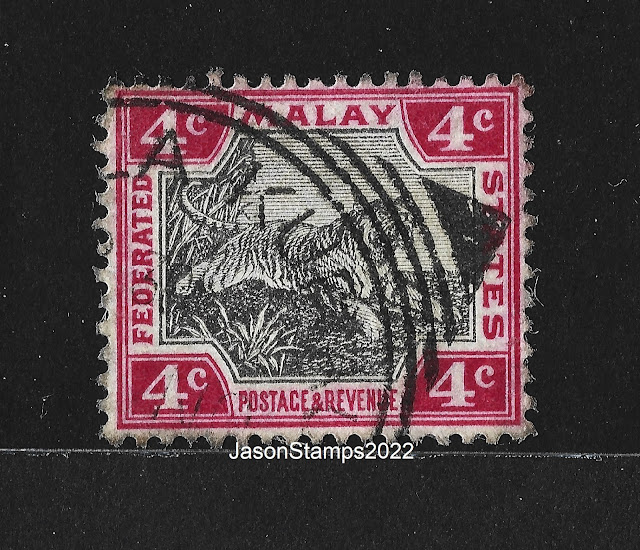
A postal cancellation, by all means - inclusive of the not-very fancied scribblings of a pen cancel, marks the expiration of a postage stamps validity. In that journey from a sender to a postal worker, and finally the recipient, an envelope will be struck at least once. Be it a handstamp or an electronically printed slogan, the varieties that lies in decades of postal history makes it ever-so collectable. These variations are due to improvements of the existing handstamp, or in the case of emergencies or shortages, are of the postmasters' creativity. Errors and oddities such as misspelling of names, reversed or wrong dates, and faulty handstamps also make up a part of the fun especially to avid marcophilatelists (from the term, marcophily : the study of postmarks). But let us leave this to another article another day. As someone who is relatively new - which I measure this with a rubric of knowledge and number of references), I have always fancied clear postmarks. When it comes to...
